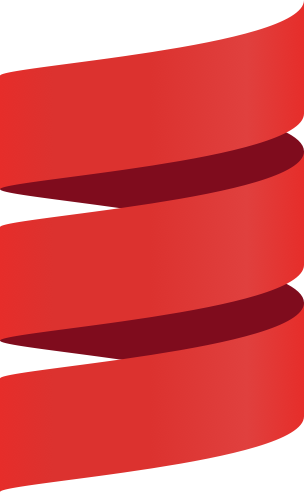¿Por qué tipos de dato algebraicos?







Pero...
¿Por qué son algebraicos?
¡Hay que dar una poquita vuelta a Matemática!
Cada ADT lleva su operador para realizar su álegebra
a | b = |a| + |b|
(a, b) = |a| * |b|
a -> b = |b| ^ |a|
Parte Uno
Los tipos y sus cardinalidades
|Void| = 0
|()| = 1
|Bool| = 2
-- De aquí ya podemos realizar lo que siguiente
type Product = |(Bool, Bool)| = ???
type Sum = |Either Bool Bool| = ???
type Exponential = |(Bool -> Bool)| = ???
La correspondencia unívoca
tipos A y B con las mismas cardinalidades son isomorfismos
TODO absurd :: Ex falso sequitur quodlibet
Parte Dos - dada la demostración
Isomorfismo entre entre Matemática y Tipos
(a * b)^c = a^c * b^c
a * ( b + c ) = a * b + a * c
-- not that easy
(a^b)^c = a ^ (b * c)
-- TODO show maxBound
-- TODO show Data.Void
-- curry/uncurry
La forma canónica de ADT
t = ∑ ∏ t m, n
m n
-- canónicas ::
Either a b
a -> b
Either a (Either b, (c,d))
-- no canónicas ::
(a, Either b c)
(a, Bool)
Las variantes del Tipos
“ A Profunctor is a Contravariant Functor on its first type parameter and a Functor on its second type parameter. ”data Variance = Covariant | Contravariant | Invariant import Data.Functor
A Variance of type T a is fully specified by positive, negative (or mix of both) type variable position.
newtype F1 a = F1 ( Int -> a ) -- + => + Covariant
newtype F2 a = F2 ( a -> a ) -- +/- => +/- Invariant
newtype F3 a = F3 ((Int -> a) -> Int ) -- Contravariant - * + => -
newtype F4 a = F4 ((a -> Int) -> Int ) -- Covariant - * - => +
Scala -> (Haskell, Idris, Perl 6)
=> Pattern Matching - power of the types
=> Type classes vs. Interfaces
=> Kinds - as a labels for the types
=> GADTs - Generalized ADT
=> Partial Type Application/Type Level Programming
=> A better Scala REPL ammonite.io
=> Typelevel CATS library
=> Scalaz Scalaz-ZIO

¿Why?
Becasue writing like this we programming by giving proof.
¡Think about it!
¡¡EXTRA!! GADTs

role Maybe[::A] { }
sub just(::A $x --> Maybe[::A]) { class Just does Maybe[::A] { has $.V = $x; }.new }
sub nothing(Any:U $t --> Maybe[$t]) { class Nothing does Maybe[$t] { }.new }

data MyMaybe a where
MyJust :: a -> MyMaybe a
MyNothing :: MyMaybe a
¡Muchas Gracias!
